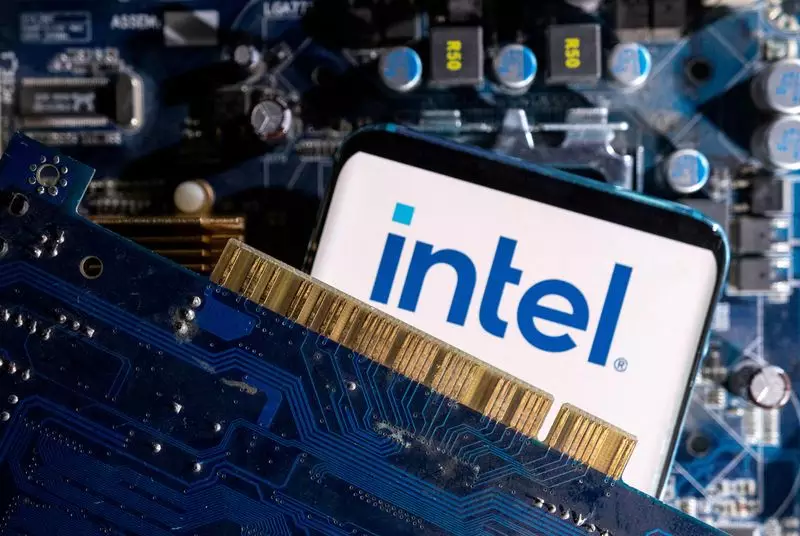In a significant move aimed at bolstering domestic semiconductor production, Intel has announced that its recent agreement to receive $7.86 billion in U.S. government subsidies will come with stringent conditions. The funding is part of a broader $39 billion initiative targeted at reshaping the American chip industry, which also includes other major players like Taiwan Semiconductor Manufacturing Co. This initiative reflects a strategic effort by the U.S. government to revitalize local chip manufacturing amidst increasing global competition and supply chain vulnerabilities exposed during recent crises.
Intel’s Chief Executive Pat Gelsinger has previously indicated intentions to spin off its chip manufacturing operations into a subsidiary named Intel Foundry. This would pave the way for potential outside investment and bring a fresh perspective to its manufacturing capabilities. However, per the details disclosed in a recent securities filing, the newly secured subsidies impose specific ownership restrictions. Intel must maintain at least 50.1% ownership of Intel Foundry if it becomes an independent entity. This creates a challenging landscape for potential investors who might already envision a piece of Intel’s future within the robust foundry business.
Moreover, should Intel Foundry go public, there are restrictions on how much of the unit can be sold to any single entity. Specifically, Intel can only divest 35% to individual shareholders without breaching change-in-control provisions, which necessitate additional scrutiny and approval from the U.S. Department of Commerce. These limitations ensure that Intel retains significant control over its foundry operations, but they may deter potential investors who desire a larger stake in a burgeoning sector.
To adhere to the requirements of the subsidy program, Intel must ensure compliance to continue pursuing significant development projects across several states, including Arizona, New Mexico, Ohio, and Oregon. The company has allocated approximately $90 billion to cultivate advanced chip-making facilities in these regions, which are crucial for the U.S. to maintain its competitive edge in high-tech manufacturing. The government’s support through subsidies underscores the importance of these initiatives, but the associated trade-offs present a complex equation for Intel’s future strategy.
Gelsinger and the Intel leadership team face the pivotal task of balancing financial pragmatism with the foresight needed for technological advancement. Should the company wish to attract outside capital and strategic partnerships, they must navigate these regulatory constraints while still fostering innovation within their manufacturing framework.
Intel’s subsidy deal illustrates a broader strategy by the U.S. government to safeguard technological sovereignty while pushing the envelope on domestic chip production. However, the challenges presented by ownership restrictions associated with these subsidies may complicate Intel’s ambitions regarding modular growth and external investment. As industry dynamics continue to shift, the path ahead will require Intel to devise innovative strategies that align with governmental mandates while not alienating prospective partners in its mission to lead in the semiconductor space. Balancing compliance with the need for agile growth will be critical as Intel navigates this complex landscape in the coming years.

